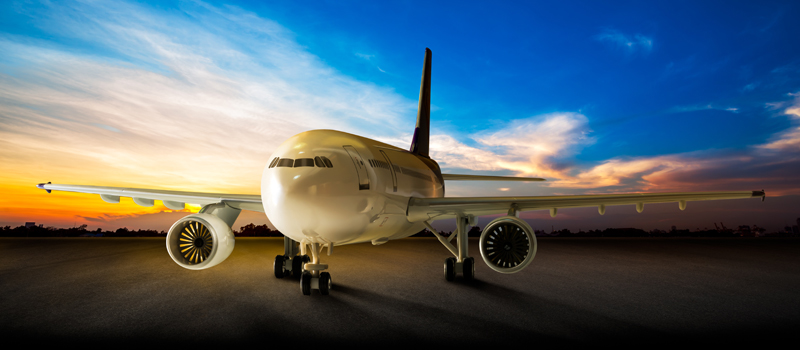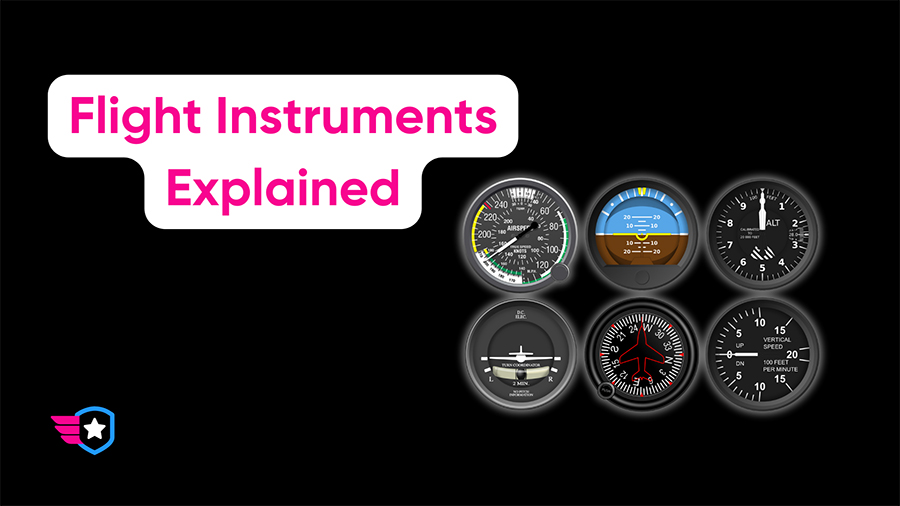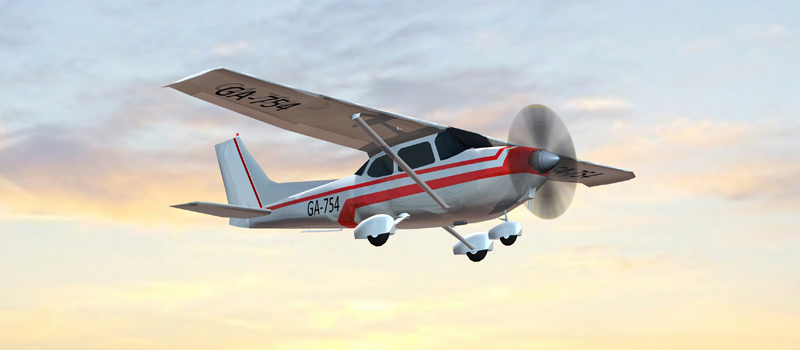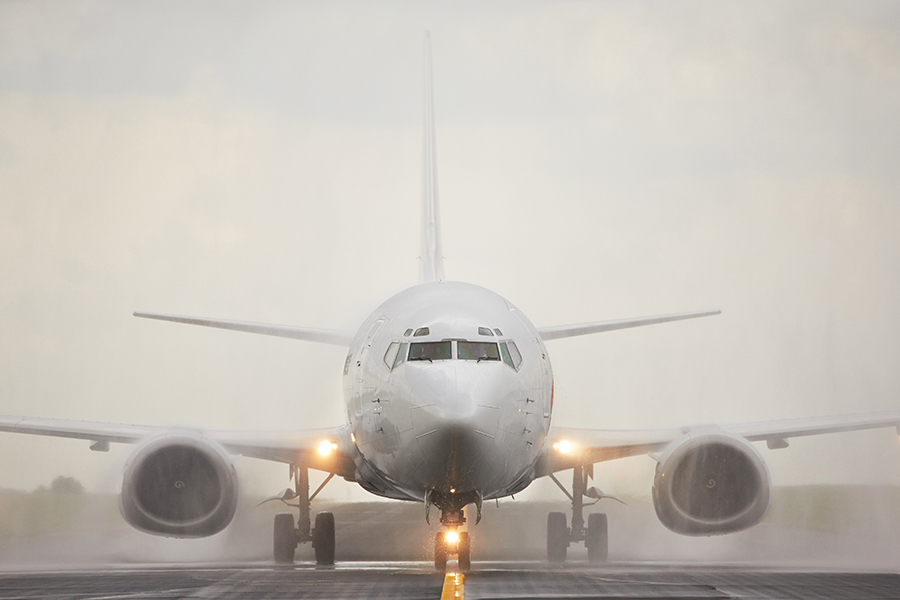Becoming the holder of a PPL (Private Pilot License) opens a door of opportunity. Furthermore, the FAA (Federal Aviation Administration) allows you to fly at night with this license, further expanding the options available to you as a private pilot. This article will explain the FAA PPL night requirements and how they differ from the international standard.
What is Night?
Frustratingly, there are multiple definitions of “night” in the FAR (Federal Aviation Regulations), each with a purpose.
When it comes to operating aircraft lights, 14 CFR 91.209 states that night is “the period from sunset to sunrise (or, in Alaska, during the period a prominent unlighted object cannot be seen from a distance of 3 statute miles or the sun is more than 6 degrees below the horizon)”.
Suppose you need to complete night currency to carry passengers (which we’ll explain a little later). In that case, you’ll need to use the definition contained in 14 CFR 61.57(b)(1), which states that night is “the period beginning 1 hour after sunset and ending 1 hour before sunrise”.
The most formal “definition” of night is found in 14 CFR 1.1, which states that night is “the time between the end of evening civil twilight and the beginning of morning civil twilight, as published in the American Air Almanac, converted to local time”. This is the definition you will use for logging night flight time.
Differences Between FAA and Foreign Night Endorsements
When it comes to flying at night with an FAA license, the FAA has deviated from the global norm concerning the enforcement of night flying requirements.
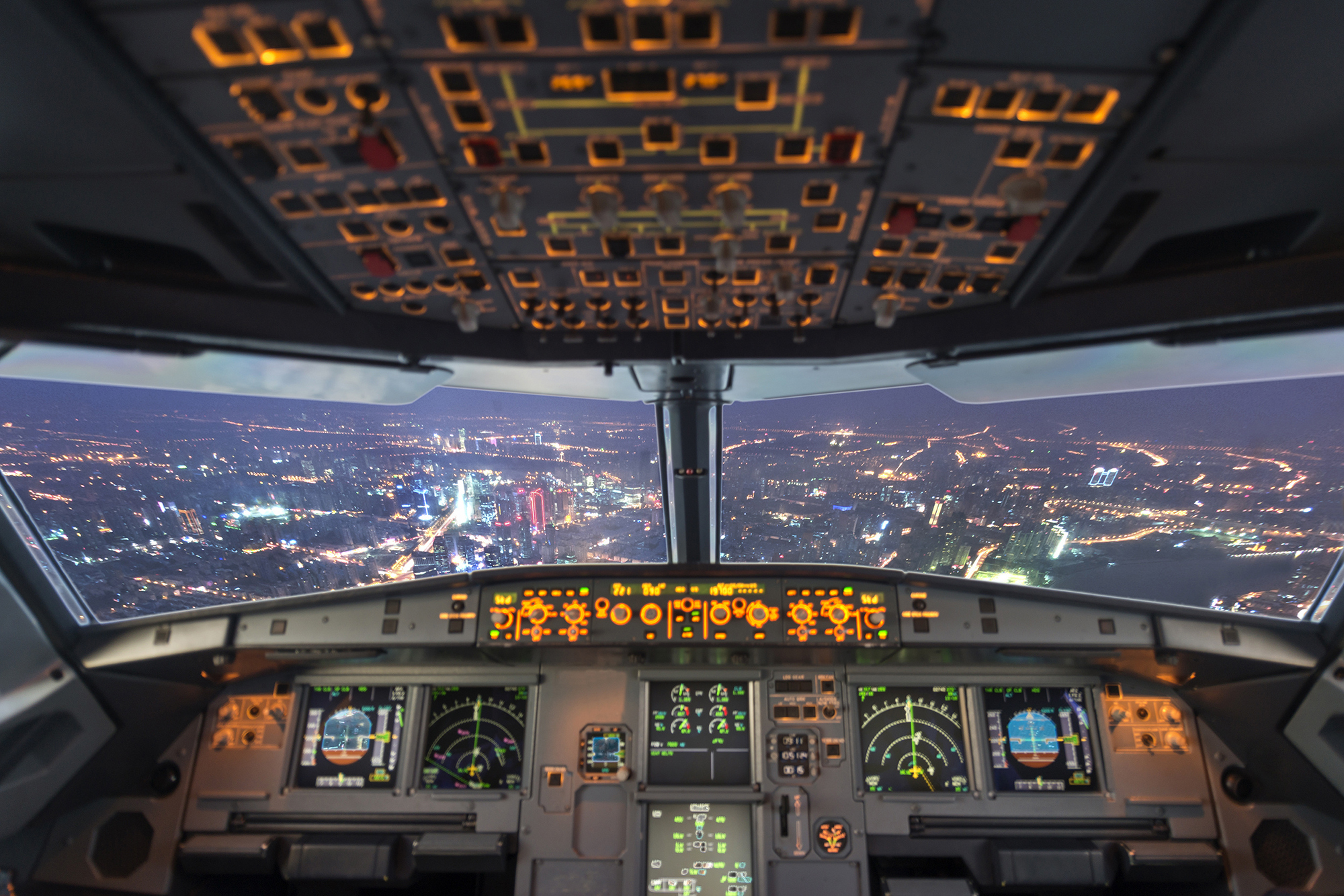
For example; In line with global standards, when you receive an EASA (European Union Aviation Safety Agency) PPL, you will be required to undergo separate training and a separate test to obtain a night rating endorsement. Only after completing this endorsement will you be allowed to fly at night.
However, when issued an FAA PPL, you can fly at night without undergoing a separate test. Night training is required to obtain an FAA PPL, regardless of whether you plan to fly at night once you receive your PPL, with one significant exception.
The State of Alaska – An Exception
Some areas of Alaska experience no official night for periods up to two and a half months. Under 14 CFR 61.110, if you receive flight training and reside in the state of Alaska, you may be issued a pilot certificate with a limitation “Night flying prohibited.” You are then given 12 months, during which you are required to complete the appropriate night training. If, after 12 months, you have not fulfilled the training requirement, your license is deemed invalid.
Night Training Requirements
14 CFR 61.109 states that you require 3 hours of night flight training in a single-engine airplane that includes:
One cross-country flight of over 100 nautical miles total distance; and
10 takeoffs and 10 landings to a full stop (with each landing involving a flight in the traffic pattern) at an airport.
It is important to note that you will also be required to complete 3 hours of instrument training (i, e., flying the aircraft with sole reference to the instruments) to receive your pilot certificate. The three hours of instrument training are not specifically a night training requirement, but they will benefit you greatly when flying at night as there may be no visible horizon on dark nights. Instrument training is a common requirement for foreign night endorsements.
Recency Requirements
You’ve received your Private Pilot License, and you can fly at night, great! Before you take grandma for a night tour of the city, you have to satisfy recency requirements.
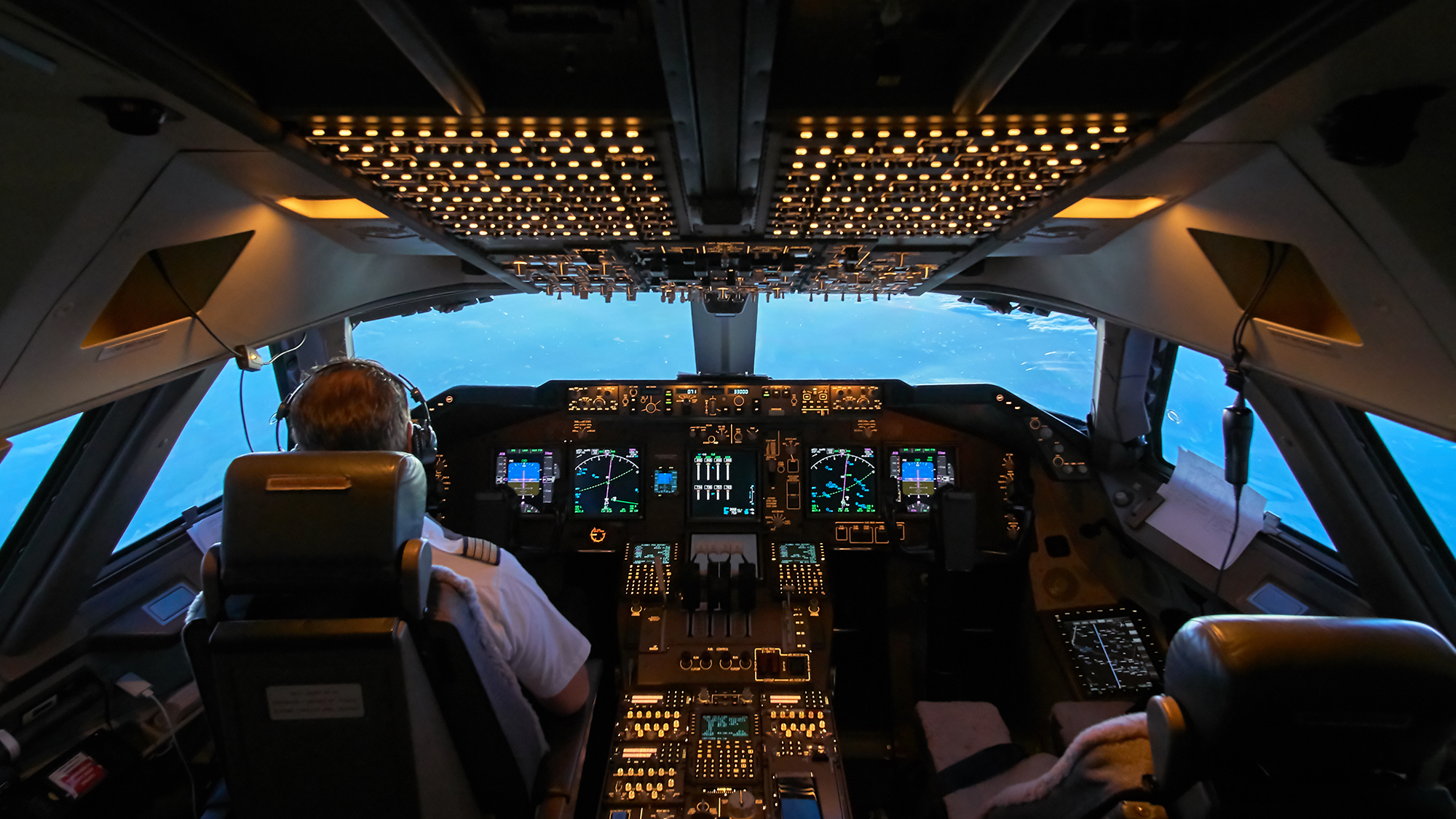
If you are flying solo at night, there is no requirement for how many takeoffs and landings you need to have done in the recent past. This exception means that if you haven’t flown at night for several months, you can still act as PIC at night if you are the only person on board. Remember, just because it is legal doesn’t mean it is safe. If you haven’t flown at night for an extended period, schedule a flight with a CFI at night to become comfortable again.
However, when grandma (or any other passenger) flies with you, the FAA requires you to have completed a minimum of 3 takeoffs and 3 landings at night to a full stop in the same category and class of aircraft within the preceding 90 days.
Conclusion
Flying at night is a fantastic experience, but it does come with some extra caveats that you need to be aware of and remember. Stay safe, and remember that satisfying a legal requirement is not a guarantee of safety. You alone are the most significant determining factor to the safe completion of a flight. Now take grandma for that night flight she’s been asking for!
